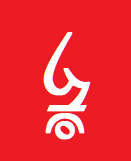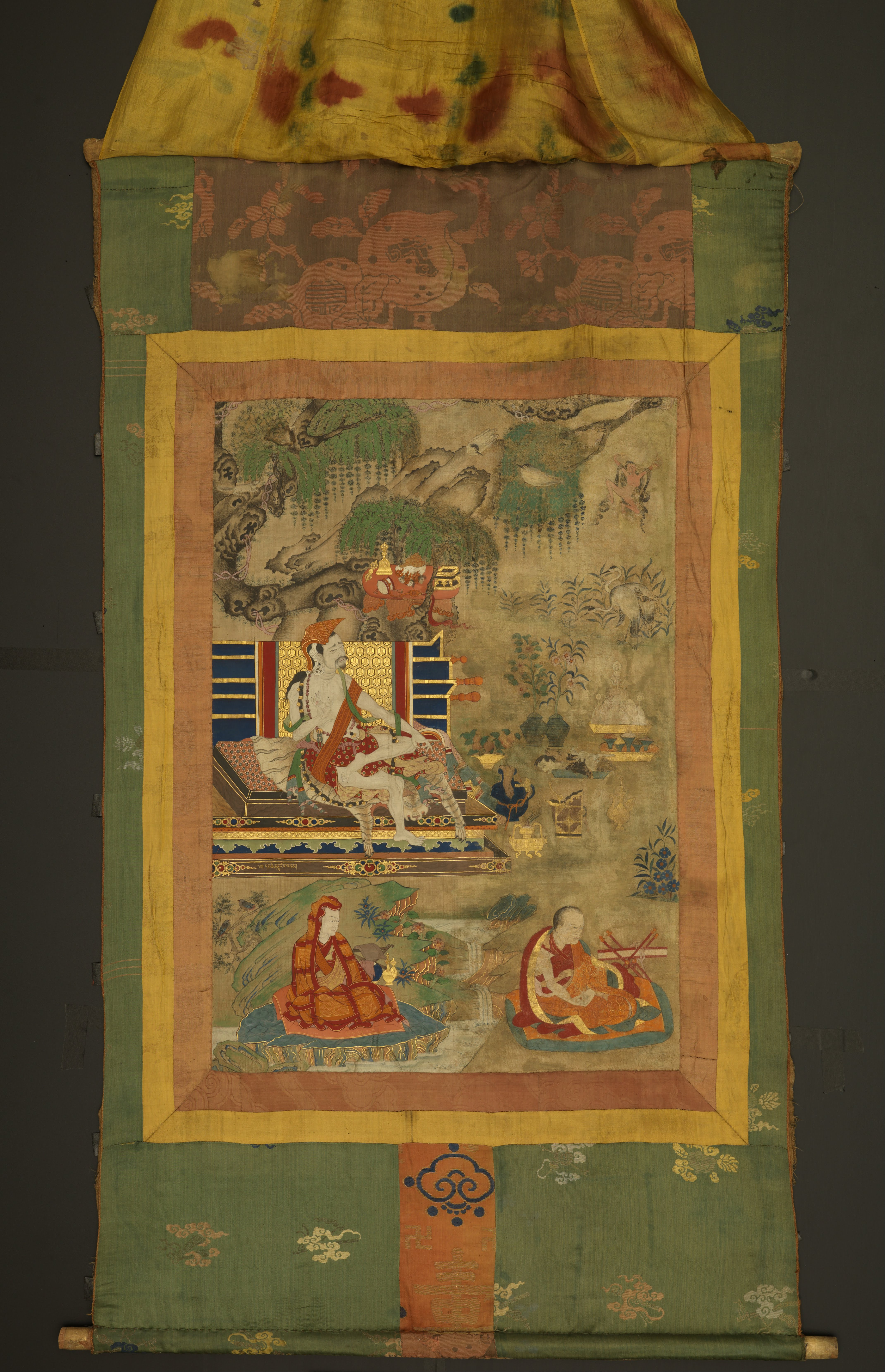|
Tummo
In Tibetan Buddhism, ''tummo'' (; sa, चण्डाली, caṇḍālī) is the fierce goddess of heat and passion. Tummo is found in the Mahasiddha Krishnacarya and the ''Hevajra Tantra'' texts. Tummo is also a tantric practice for inner heat, developed around the concept of the female deity. It is found in the Six Dharmas of Naropa, Lamdre, Kalachakra. and Anuyoga teachings of Vajrayana. The purpose of tummo is to gain control over body processes during the completion stage of 'highest yoga tantra' (Anuttarayoga Tantra) or Anuyoga. Etymology ''Tummo'' (''gTum mo'' in Wylie transliteration, also spelled ''tumo'', or ''tum-mo''; Sanskrit ' or ''chandali'') is a Tibetan word, literally meaning 'fierce oman. ''Tummo'' is also the Tibetan word for 'inner fire.' ''Tummo'' may also be rendered in English approximating its phonemic pronunciation as ''dumo''. Practice Inner heat (''gtum mo'', skt. ''chandali,'' literally meaning "fierce, hot or savage woman") practice is the f ... [...More Info...] [...Related Items...] OR: [Wikipedia] [Google] [Baidu] |
Six Dharmas Of Naropa
The Six Dharmas of Nāropa (, Skt. ''ṣaḍdharma'', "Naro's six doctrines" or "six teachings"), are a set of advanced Tibetan Buddhist tantric practices compiled by the Indian mahasiddhas Tilopa and Nāropa (1016-1100 CE) and passed on to the Tibetan translator-yogi Marpa Lotsawa (c. 1012). Another name for the six Dharmas is "the oral instruction transmission for achieving liberation in the bardo," or "the ''Bardo Trang-dol'' system". Bardo here, refers to the three bardos of waking, sleep and dying. They are also referred to as "the path of means" (''thabs lam'') in Kagyu literature.Kragh (2015), p. 345. They are also sometimes called the ''Six Yogas of Nāropa'' (though not in the traditional literature which never uses the term ''ṣaḍaṅga-yoga'' or ''sbyor-drug''). The six dharmas are a collection of tantric Buddhist completion stage practices drawn from the Buddhist tantras. They are intended to lead to Buddhahood in an accelerated manner. They traditionally require ... [...More Info...] [...Related Items...] OR: [Wikipedia] [Google] [Baidu] |
Lung (Tibetan Buddhism)
Lung ( ''rlung'') means wind or breath. It is a key concept in the Vajrayana traditions of Tibetan Buddhism and has a variety of meanings. ''Lung'' is a concept that is particularly important to understandings of the subtle body and the trikaya (body, speech and mind). Traditional Tibetan medicine practitioner Dr. Tamdin Sither Bradley provides a summary: Usages Some of the different usages of the term ''lung'' include: * the psychic winds (sanskrit: ''prana'') that travel in the internal channels, or ''nadi'' (Sanskrit) of the subtle body and are manipulated in certain Vajrayana yoga practices. * specifically the five psychic winds that are a manifestation of the mahābhūta. These five are the lifeforce that animate the bodymind (Sanskrit: ''namarupa'') of all sentient beings and are key to certain tantric Buddhist and Bon sādhanās and traditional Tibetan medicine. * to the vayu and prana of ayurveda. * as a component of the term for a type of prayer flag, named after the a ... [...More Info...] [...Related Items...] OR: [Wikipedia] [Google] [Baidu] |
Chakra
Chakras (, ; sa , text=चक्र , translit=cakra , translit-std=IAST , lit=wheel, circle; pi, cakka) are various focal points used in a variety of ancient meditation practices, collectively denominated as Tantra, or the esoteric or inner traditions of Hinduism.Chakra: Religion Encyclopaedia Britannica The concept of the chakra arose in the early traditions of Hinduism. Beliefs differ between the Indian religions, with many Buddhist texts consistently mentioning five chakras, while Hindu sources reference six or seven. Early Sanskrit texts speak of them both as meditative visualizations combining flowers and mantras and as physical entit ... [...More Info...] [...Related Items...] OR: [Wikipedia] [Google] [Baidu] |
Harvard Gazette
Harvard University is a private Ivy League research university in Cambridge, Massachusetts. Founded in 1636 as Harvard College and named for its first benefactor, the Puritan clergyman John Harvard, it is the oldest institution of higher learning in the United States and one of the most prestigious and highly ranked universities in the world. The university is composed of ten academic faculties plus Harvard Radcliffe Institute. The Faculty of Arts and Sciences offers study in a wide range of undergraduate and graduate academic disciplines, and other faculties offer only graduate degrees, including professional degrees. Harvard has three main campuses: the Cambridge campus centered on Harvard Yard; an adjoining campus immediately across Charles River in the Allston neighborhood of Boston; and the medical campus in Boston's Longwood Medical Area. Harvard's endowment is valued at $50.9 billion, making it the wealthiest academic institution in the world. Endowment inco ... [...More Info...] [...Related Items...] OR: [Wikipedia] [Google] [Baidu] |
A - Stroke Syllable Used In The Six Yogas
A, or a, is the first letter and the first vowel of the Latin alphabet, used in the modern English alphabet, the alphabets of other western European languages and others worldwide. Its name in English is ''a'' (pronounced ), plural ''aes''. It is similar in shape to the Ancient Greek letter alpha, from which it derives. The uppercase version consists of the two slanting sides of a triangle, crossed in the middle by a horizontal bar. The lowercase version can be written in two forms: the double-storey a and single-storey ɑ. The latter is commonly used in handwriting and fonts based on it, especially fonts intended to be read by children, and is also found in italic type. In English grammar, " a", and its variant " an", are indefinite articles. History The earliest certain ancestor of "A" is aleph (also written 'aleph), the first letter of the Phoenician alphabet, which consisted entirely of consonants (for that reason, it is also called an abjad to distinguish it fro ... [...More Info...] [...Related Items...] OR: [Wikipedia] [Google] [Baidu] |
Mustard Seed
Mustard seeds are the small round seeds of various mustard plants. The seeds are usually about in diameter and may be colored from yellowish white to black. They are an important spice in many regional foods and may come from one of three different plants: black mustard (''Brassica nigra''), brown mustard ('' B. juncea''), or white mustard (''Sinapis alba''). Grinding and mixing the seeds with water, vinegar or other liquids creates the yellow condiment known as prepared mustard. Regional use Mustard seeds are used as a spice in the South Asia. The seeds are usually fried until they pop. The leaves are also stir-fried and eaten as a vegetable. Mustard oil is used for body massage during extreme winters, as it is thought to keep the body warm. In South Asian cuisine mustard oil or ''shorsher tel'' is the predominant cooking medium. Mustard seeds are also essential ingredients in spicy fish dishes like ''jhaal'' and ''paturi''. A variety of pickles consisting mainly of mangoe ... [...More Info...] [...Related Items...] OR: [Wikipedia] [Google] [Baidu] |
Tsongkhapa
Tsongkhapa ('','' meaning: "the man from Tsongkha" or "the Man from Onion Valley", c. 1357–1419) was an influential Tibetan Buddhist monk, philosopher and tantric yogi, whose activities led to the formation of the Gelug school of Tibetan Buddhism.Tsong khapa (2006), pp. ix-x. He is also known by his ordained name Losang Drakpa (, Skt. Sumatikīrti) or simply as "Je Rinpoche" (, "Precious Lord"). He is also known by Chinese as Zongkapa Lobsang Zhaba or just Zōngkàbā (宗喀巴). Tsongkhapa was born in Amdo, the son of a Tibetan Longben Tribal leader who also once served as an official of the Yuan Dynasty. As a monk, he studied under numerous teachers of the various Tibetan Buddhist traditions which flourished in central Tibet, including Sakya, Jonang, Kagyu and Kadam. Tsongkhapa was a prolific author with a broad knowledge of Buddhist philosophy, logic, hermeneutics and practice. He wrote numerous works on madhyamaka philosophy (such as ''Ocean of Reasoning,'' a comment ... [...More Info...] [...Related Items...] OR: [Wikipedia] [Google] [Baidu] |
Sahasrara
Sahasrara ( sa, सहस्रार, IAST: , en, "thousand-petalled", with many alternative names and spellings) or the crown chakra is considered the seventh primary chakra in some yoga traditions. Hatha yoga The Sahasrara is described in a few medieval hatha yoga texts including the '' Śivasaṃhitā'' and the ''Tirumantiram'', but not within the Paścimāmnāya and Nath traditions; the '' Kubjikamatatantra'' describes only the six lower chakras. The scriptures vary in the position of the Sahasrara; the ''Siva Samhita'' states that it is beyond the body, whereas others place it at the fontanelle or brahmarandhra on the top of the head where the soul leaves the body at death. Description The Sahasrara is described as a lotus flower with 1,000 petals of different colors. These are arranged in 20 layers, each with approximately 50 petals. The pericarp is golden and within it a circular moon region is inscribed with a luminous triangle, which can be either upward- or do ... [...More Info...] [...Related Items...] OR: [Wikipedia] [Google] [Baidu] |
Three Channels
3 is a number, numeral, and glyph. 3, three, or III may also refer to: * AD 3, the third year of the AD era * 3 BC, the third year before the AD era * March, the third month Books * '' Three of Them'' (Russian: ', literally, "three"), a 1901 novel by Maksim Gorky * ''Three'', a 1946 novel by William Sansom * ''Three'', a 1970 novel by Sylvia Ashton-Warner * ''Three'' (novel), a 2003 suspense novel by Ted Dekker * ''Three'' (comics), a graphic novel by Kieron Gillen. * ''3'', a 2004 novel by Julie Hilden * ''Three'', a collection of three plays by Lillian Hellman * ''Three By Flannery O'Connor'', collection Flannery O'Connor bibliography Brands * 3 (telecommunications), a global telecommunications brand ** 3Arena, indoor amphitheatre in Ireland operating with the "3" brand ** 3 Hong Kong, telecommunications company operating in Hong Kong ** Three Australia, Australian telecommunications company ** Three Ireland, Irish telecommunications company ** Three UK, British te ... [...More Info...] [...Related Items...] OR: [Wikipedia] [Google] [Baidu] |
Gampopa
Gampopa Sönam Rinchen (, 1079–1153) was the main student of Milarepa, and a Tibetan Buddhist master who codified his own master's ascetic teachings, which form the foundation of the Kagyu educational tradition. Gampopa was also a doctor and tantric master. He authored the first Lamrim text, ''Jewel Ornament of Liberation,'' and founded the Dagpo Kagyu school. He is also known as Dvagpopa, and by the titles ''Dakpo Lharjé'' "the physician from Dakpo" () and ''Daö Zhönnu'', "''Candraprabhakumara''" (). Biography Gampopa was born in the Nyal (or Nyel) district, Central Tibet and from an early age was a student of medicine in the Indian, Chinese and Tibetan medical traditions. Later in his life he moved to the region of Dakpo (''dwags po'') in southern Tibet and hence was also called Dakpopa (''dwags po pa''), the man from Dakpo. The region is also near Gampo Hills, hence his other name, Gampopa. In his youth Gampopa studied under the Nyingma lama Barey as well as under the K ... [...More Info...] [...Related Items...] OR: [Wikipedia] [Google] [Baidu] |


.jpg)


.jpg)